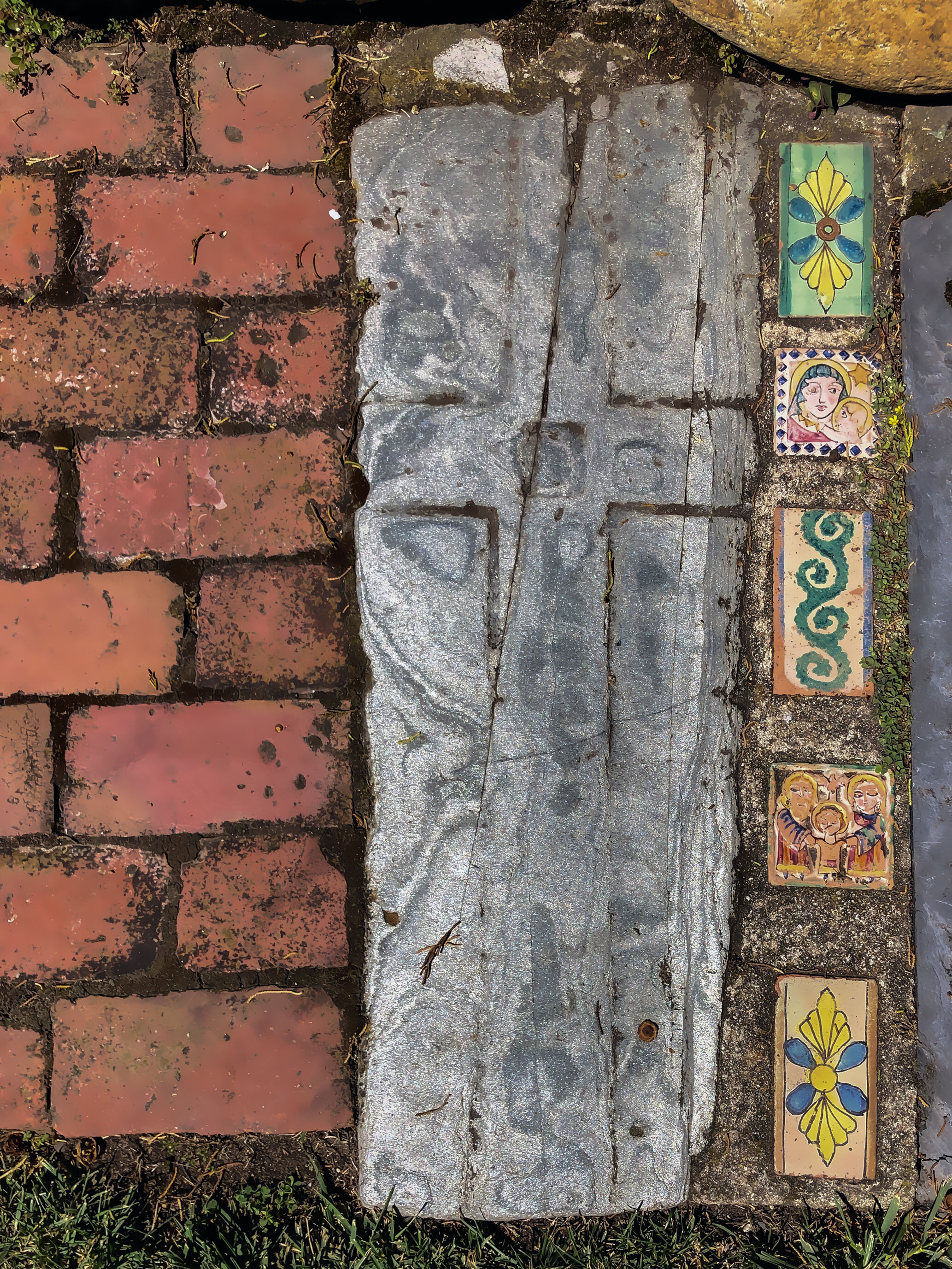Jeffers as he said himself, was deeply influenced by the land which became his locale, but in reality it was an extraordinary connection of locale and man; for without Jeffers the landscape could never have been voiced in the way it was and without the landscape he could never have found his own true voice. His themes were classical, timeless and always symbolic; this was the point so many people missed.*
*A Wild Coast & Lonely — Big Sur Pioneers by Rosalind Sharpe Wall
Tor House was build with low ceilings and doors to decrease the wind resistance (and to conserve heat, which was supplied only by the fireplaces).**
Una Jeffers describes the tower:
I am writing from my little oaken sitting room on the second floor where at one end an oriel window juts seaward, at the other a spinet with piles of old Gaelic ballads stands beside an open fire.
If I climb the winding stair two stories higher I can look from the top of the turret southwards and see beyond the river mouth and Point Lobos wisps of cloud caught in the gentle folds of the Santa Lucia Mountains; northward lies the village with the Del Monte Forest beyond, and to the east the fertile Carmel Valley with the old amber-colored Spanish Mission where its founder Father Serra sleeps, at its foot.**
Hawk Tower rose out of our dreams of old Irish towers but we have seen in the eyes of our friends, as we have so often climbed the turret with in the last dozen years, that in many hearts is the mirage of some symbolic tower—citadel, belfry or beacon light.**
**Creating Carmel, The Enduring Vision by Harold & Ann Gilliam
Una Jeffers brought this Celtic Cross from a graveyard in Ireland. The stone walls in Tor House are filled with objects like decorative tiles and objects collected from their travels far from home. This stone cross and tiles are inlaid in the path through the garden.
Tor House, once solitary on Point Carmel is part of a sprawling upscale suburb with a broad mixture of architectural styles.
Carmel Point. The view from Tor House looking out to the Pacific Ocean.







